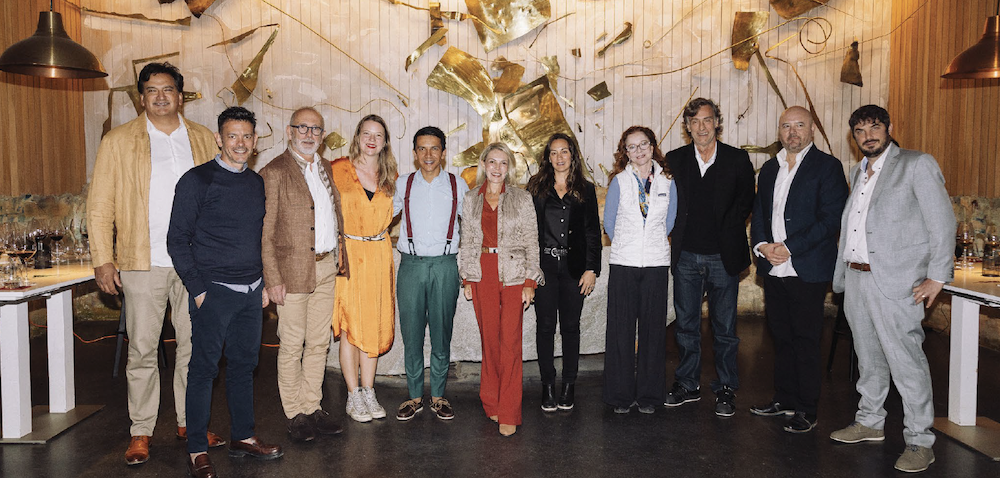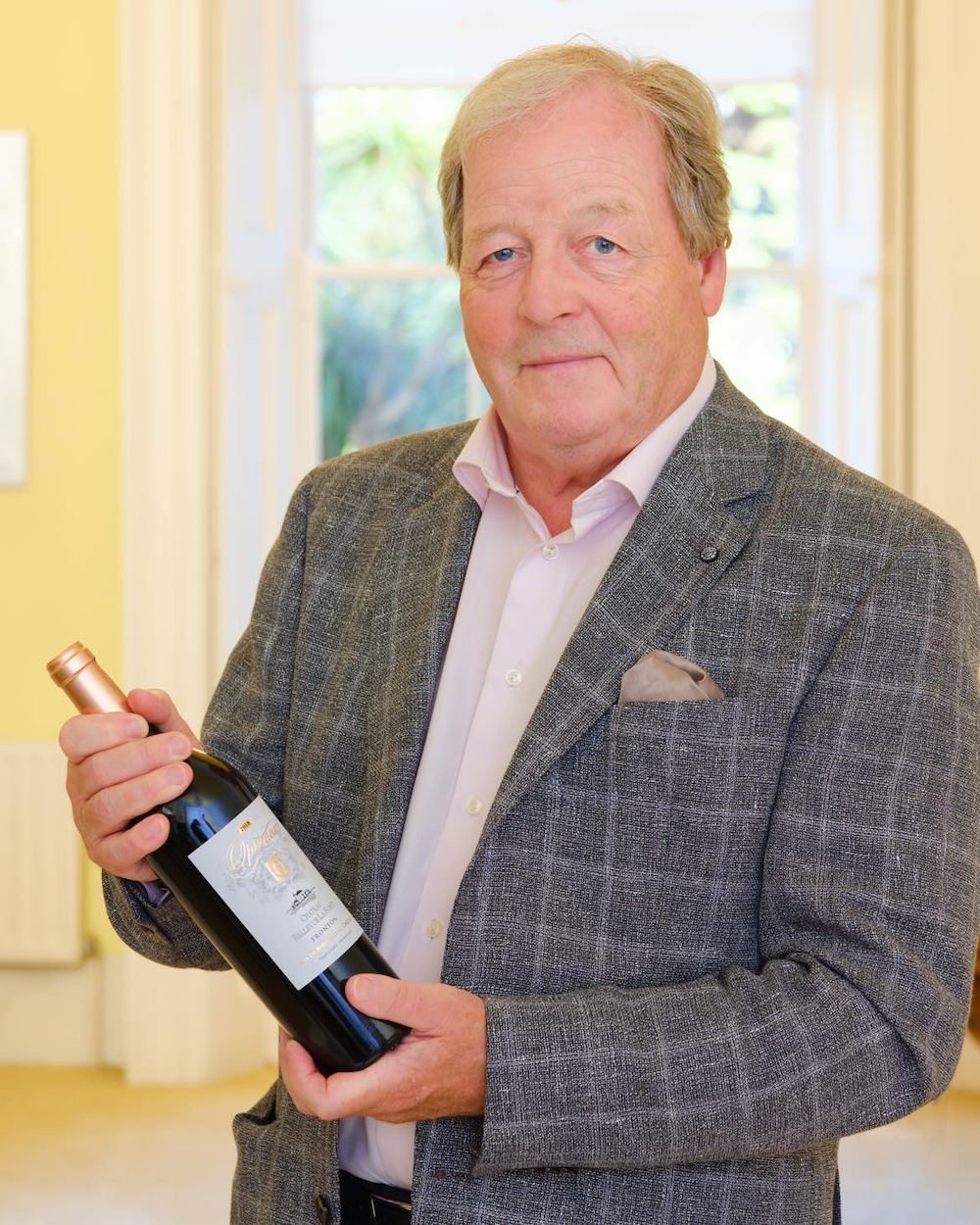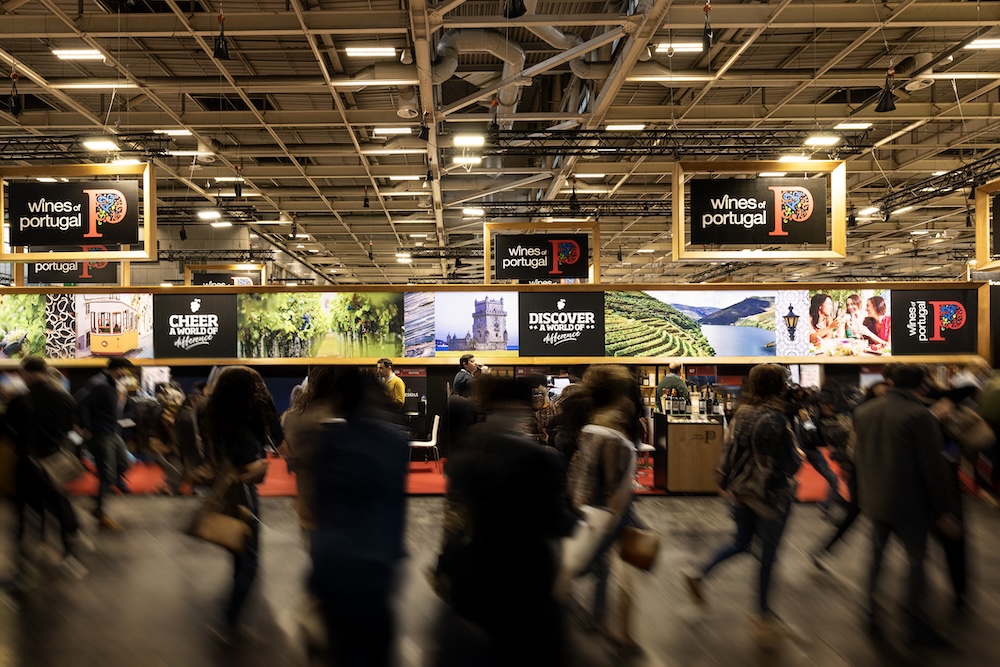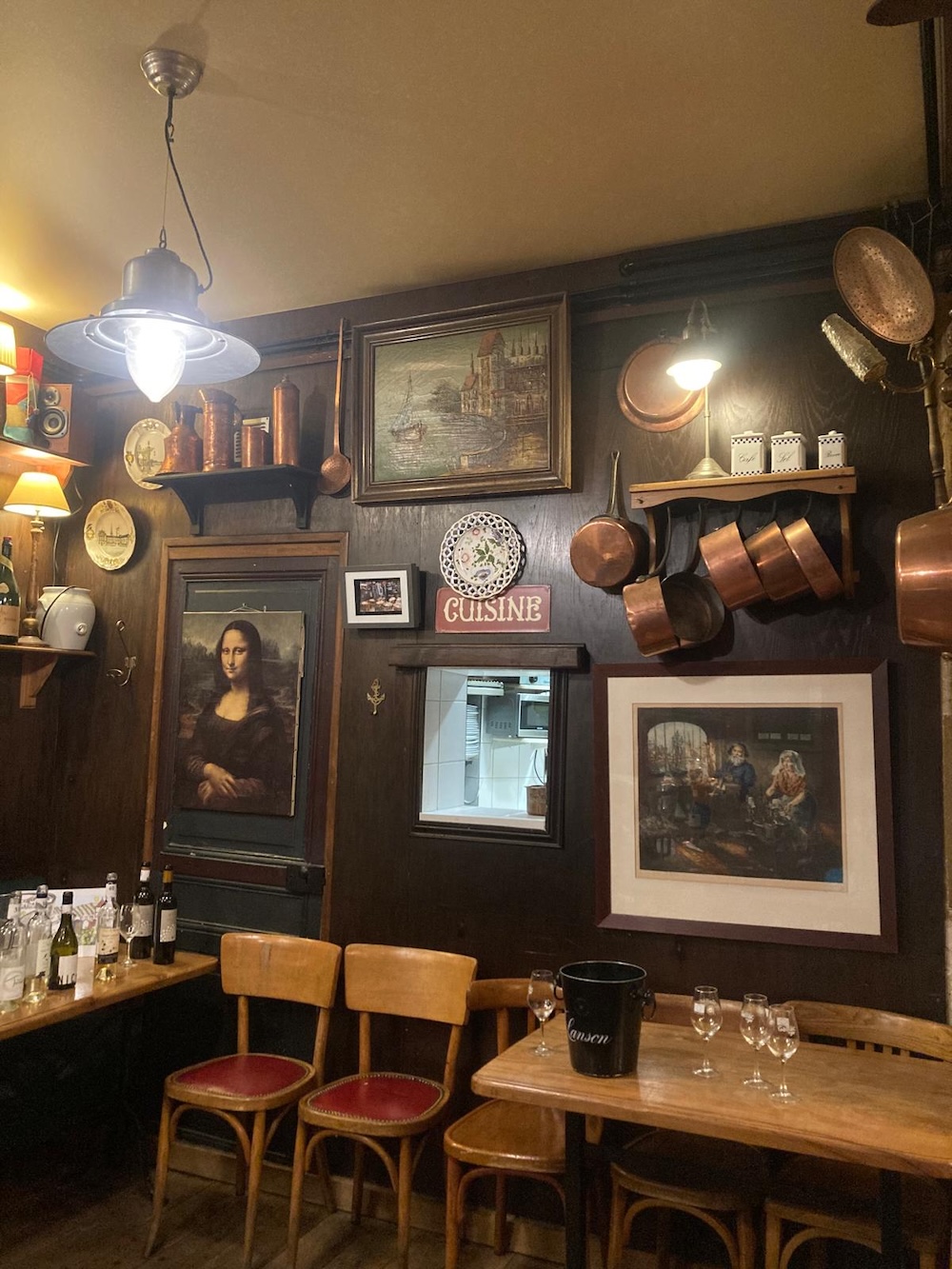
Discovery

Discovery
By Jean-Paul Burias – Photographs: courtesy of the estates, posted on 24 October 2023
It may well be overshadowed by Bordeaux in terms of reputation, but South-West France is just brimming with remarkable appellations offering unlimited flavour experiences. Still relatively under-the-radar, the appellations are very competitively priced and tick all the boxes for a broad consumer audience, both in France and overseas. We take a closer look…

All four appellations offer some subtle tasting experiences, underpinned by their distinctive terroirs and clearly delineated personas. In Bergerac, where the varietal range is virtually identical to Bordeaux, differing soil types and attractive pricing across all three colours set the appellation apart. Grown on terraced vineyards lining the left bank of the Tarn, between two South-West cities with their red-tiled roofs – Toulouse and Montauban – Fronton covers just 1,200 hectares under vine with 40 independent wineries and one co-operative. Its iconic grape variety, Négrette, is produced as a single varietal or in blends and owes its name to its black colour. It delivers elegant, aromatic wines showing aromas of red and black fruits, violet and liquorice. The vibrant, fresh rosé renditions are also long and complex on the palate. Gaillac enjoys an idyllic location between the Mediterranean and the Atlantic, its climate combining Mediterranean heat with the dampness of the ocean and the occasional Autan wind. These conditions enhance the fruit and allow it to reach peak ripeness so that vines can deliver generous, appealing aromatics. Here, winegrowers play it local, with varieties such as Len de Lel – literally away from the eye – and Mauzac for the whites and Braucol, Duras and Prunelart for the reds. Prunelart is one of Gaillac’s oldest cultivars and is currently very fashionable. Offbeat dry Jurançon guarantee aromatic freshness in their youth, with highly expressive notes of citrus and tropical fruits. They share their name with a sweet iteration, suffused with light and amber highlights, which belong to France’s prestigious offering of top dessert wines. The varietal staple Gros Manseng is complemented by Petit Manseng, Petit and Gros Courbu, Lauzet and Camaralet. This unique and extensive collection of varieties is used to produce both sweet and dry wines, snapped up by consumers the world over.
Maison Labastide: artisan winegrowing
Founded in 1949 and originally called the Coteaux de Gaillac et du Pays Cordais Co-operative Winery, Maison Labastide has around 100 member winegrowers producing approximately 60,000 hectolitres of wine. The winery has long-standing roots in the heart of Occitania and over the years has established itself as a major Gaillac producer. Its winegrowers have focused their efforts on the distinctive identity that stems from local grape varieties and a broad-ranging product portfolio which even includes lightly sparkling white Gaillac. “Our company combines the craftsmanship of its winegrowers with the technical expertise of its winemakers, using modern equipment to craft on-trend wine styles”, explains winery chairman Alain Fonvieille. “Our USP is that we create distinctive, authentic wines, many of them single varietals. Our hallmark vineyard sites and grape varieties, most of which are native to the region, produce unique wines and that is a major advantage for warding off competition from our South-West neighbours mostly”. A range of vineyard management techniques promotes great variety, allowing the winery to make dry, lightly sparkling dry and sweet wines, but also late-harvest or early-release wines, reds, rosés and ancestral methods. This variety gives the winery access to a number of markets, which is not necessarily true for the competition. “The price is also an advantage compared with other appellations”, claims marketing director Arnaud Elgoyhen. “The quality of the wines has improved dramatically over the past few decades, coupled with a strong artisan identity, both of which are genuine advantages for both trade and private customers”.



The stunning and unique Château de Terride stands like an enclave in its pristine natural surroundings, ringed by Grésigne forest. The former hunting lodge was built in 1652 and was converted into a winery in the 1960s. It was bought by Solange and Jean-Paul David in 1996 who set about diversifying the business. Since 2003, it has been managed by their daughter Alix with her husband Romain Gérard who focuses primarily on the estate’s significant wine tourism activities. The 32 hectares of organically farmed vineyards are 80% planted to red varieties – Duras, Syrah, Braucol, Merlot, Prunelard and Grenache – complemented by 20% white varieties Mauzac, Len De Lel and Viognier. “We craft generous, modern and authentic wines”, explains Alix David. “The combination of vineyard sites, climate and unusual grape varieties allows us to produce characterful and elegant yet also appetising wines”. Three ranges are available, all of them encapsulating the qualities of Gaillac whilst at the same time acting as a skilful counterpoint to neighbouring appellations in South-West France. The winery’s outstanding labels Ta Main sur mon Chemin, Diva and Mystère stand alongside the chateau’s Collection with characterful reds, dry and sweet whites, rosés, ancestral method white and Fantaisies, encompassing dry whites, dry, fruity rosés and a light, fruity red.


Domaine La Croix des Marchands epitomises a seamless, and relevant transition from pottery to grapes. Set in the heart of the Gaillac wine region, the winery is located on the site of a major pottery centre dating back to Gallo-Roman times, where vines have been grown for over two thousand years. Established in the 1930s, this family-run farm was reorganised by Jean-Marie Bezios in 1975 with a single-minded focus on winegrowing. The first vintage was released in 1983. After studying viticulture, his son Jérôme Bezios joined him in 1998. A year later, the property was extended with the addition of Château Palvié broadening the range. “Our advantage is that we work on two out of the three Gaillac terroirs – the left bank of the Tarn with its gravel terraces, and the right bank with its clay-limestone hillsides”, comments Jérôme Bezios. “The first one yields fruit-forward, spicy reds and the second produces more structured, concentrated wines”. The winery also boasts heirloom, characterful grape varieties which produce wines with a very different flavour to Bordeaux. “Customers today want easier drinking reds with ripe fruit and very fine tannins”, comments Bezios. “We export 5 to 10% of our wines to Europe and the United States, where customers are very receptive to their value for money”.



Château Baudare: the art of Négrette
Château Baudare is an essential stop for anyone wishing to discover all the qualities of Fronton through its elegant, appetising reds and its fresh, aromatic rosés. Although it is grown in the Vendée and the French islands of Ré and Oléron, along with California, 96% of Négrette in France is located in Fronton. Across the estate’s 50 hectares of vineyards, the variety, with its intense black colour, is planted on three different but complementary soil types – sandy, clayey and flinty stones. This variety lends complexity and finesse to the blends. The family-run property, whose first eight hectares of vines were bought by Jean Vigouroux in 1882, has been managed by fifth-generation winegrower David Vigouroux since 1996.
“The influence of terroir on the appellation’s primary grape variety Négrette is huge. The sand brings out a mineral edge, the clay instils fruitiness and the flint adds spice”, he stresses. “It is difficult to compete with our more famous neighbours like Bordeaux, but we manage to do so by making supple, fruity wines that are affordable and more importantly by promoting them tirelessly”.


It is not easy to miss Château Bellevue la Forêt. An iconic landmark in the Fronton appellation area, this outstanding winery also has the most extensive footprint with 112 hectares, making it the largest privately-owned, unbroken expanse of vines in South-West France. A frequent award-winner in national and international competitions, the winery was taken over in 2008 by Philip Grant who realised his dream of owning a vineyard in France after a successful career in corporate finance. “The chateau is located on a hill and boasts a unique micro-climate which contributes to fruit ripening”, explains Grant. “The soils are mainly pebbles which allows for good drainage and promotes quality grapes”. The winery produces several lines, each with its own characters that vary depending on the vintage, the blend and winemaking techniques used. Reds account for 64% of total production, versus 34% for the rosés, complemented by a small amount of whites. “Négrette is unique to the Fronton region”, points out sales representative Marcelin Clergue. “This specificity can appeal to wine enthusiasts who are looking for new flavour experiences, complexity, balance and character, all of which can compete with more prestigious wine regions. Fronton is still under-the-radar and offers excellent value for money for price-sensitive consumers. We absolutely must promote awareness of our appellation. Competition between regions must be considered as an opportunity to explore and celebrate choice in the marketplace”.


Château Lestevenie: international fortunes
Serendipity is probably the word that best summarises the recent history of this winery. South African natives Petrie and Jaco Terblanche met in New York, whilst Petrie was living in San Francisco and Jaco in London, where they both had senior positions in embryology and accountancy. After moving to France and getting married, they decided to embark on a career change. In February 2022, they became the owners of Château Lestevenie. “By a curious twist of fate, the T represents the winery’s white limestone terroir – literally white earth – but also the Terblanche family name, its French heritage and the vine growing in excellent natural conditions”, recounts Petrie Terblanche. “Our terroir is not that dissimilar to that of the Bordeaux region. It has a limestone base with varying degrees of clay, depending on whether it is on hillsides or down towards the valley”. All the vines grow on hillsides where the limestone component favours good drainage. The clay in the soil helps maintain dampness for longer during rain-free periods. Producing white Bergerac from Sauvignon and Semillon and reds from Cabernet-Sauvignon, Cabernet Franc and Merlot, the winery has started exploring export markets. And initial feedback is good due to the competitive pricing of these quality wines. “Admittedly, we have neither its history nor its name”, comments Jaco Terblanche. “But increasingly, wine enthusiasts want to discover and taste wines outside Bordeaux. Everybody knows Bordeaux, but now they want to try something new. And that’s exactly what we can offer them”.



Since 1923, five generations of the Borderie family have woven their story around Château Poulvère. This former dependency of Château de Monbazillac was built in the 16th century. Situated in the Bergerac appellation area, this enclave runs the gamut from dry white, rosé and red to sweet white appellation wines within just a five-kilometre radius. “We are deeply attached to our family roots and its history of winegrowing, which is a part of our everyday lives and one that we contribute to relentlessly”, stresses Benoît Borderie. “The range of colours we produce has become a rarity in France and even around the world. It is a genuine token of our winemaking skills but also a worthwhile sales proposition”. Château Poulvère produces its six appellations using two or three different winemaking techniques. Consequently, it is able to offer up to thirteen variations for every vintage, from a range of purely fruit-forward renditions through to the high-end offerings with deliberate aromatic complexity. “The current climate is much more favourable for appellations like ours”, claims Bernard Borderie. “For many years, we remained in Bordeaux’s shadow, but over the past few years there’s been a definite reshuffle. French customers, and increasingly overseas clients, are now looking for some real gems. The winery’s image has become all-important, whereas the appellation has been pushed more to the backburner and is used to locate the origin of the wine and identify the production specifications complied with in the vineyard and the winery. Bergerac, which was long regarded as very run-of-the-mill, now has a much improved and dynamic image. This is the culmination of many years’ hard work and from this perspective, the future for us seems bright”.


Time has worked its magic on the development of Château La Forêt. Set in the heart of Périgord, what began life as four hectares of farmland at the turn of the 20th century, has now become 80 hectares. After taking over from his parents in 1998, Hervé Borie was joined by his partner Laurence Nicolas in 2011, a former winemaker in Bordeaux. Their shared mantra is to produce and mature very fruity, site-expressive wines. “What makes us different is that our varietal range includes a high proportion of Cabernet Sauvignon for the reds and Sauvignon for the whites”, explains Nicolas. “The Cabernet-Sauvignon grows on clay-limestone soils and leached sandy-loam known as ‘boulbenes’ whilst the Sauvignon is planted on hillside sites with great exposure. They both thrive there”. The blends are often varietal-dominant – 90% Sauvignon for the dry Bergerac, 90% Malbec for the rosé Bergerac and 90% Cabernet-Sauvignon for the red Bergerac. “Our appellation is very well-known in Belgium for the sweet Côtes-de-Bergerac, a balanced sweet wine blended from Semillon and Sauvignon”, adds Borie. “The market takes up to 20% of our wines. We also work with Germany where we are identified more as a wine from South-West France, not far from Bordeaux but with a more approachable image, consistent quality and good value for money. Importantly, we are one of the cheapest appellations in France offering quality wines and that is definitely a bonus in export markets”.


Domaine Nigri : where uniqueness is an asset
For four generations, since the turn of the 20th century, the Lacoste family has owned vineyards and made wine. It has rejuvenated Domaine Nigri, founded in 1685, transforming its dry and sweet Jurançon into the epitome of terroir integrity. After working as a winemaker in Bordeaux, Jean-Louis Lacoste has managed the 15-hectare estate located in the lower foothills of the Pyrenees since 1993. “The work we do with our fruit-forward, precise wines with their balanced, melt-in-the-mouth acidities, but also with the rare, forgotten Pyrenean grape varieties is recognised”, he explains.
“Camaralet de Lasseube and Lauzet have only gained traction over the past fifteen or so years in Jurançon but they have long been grown on the estate. We conducted clonal selections nearly forty years ago with them”. The two varieties were developed initially with 80% Gros Manseng to produce dry labels such as Confluence. Since 2009, they have offered a unique flavour experience in the sweet Hors-Piste label, a one-of-a-kind blend of 50% Petit Manseng, 25 % Camalaret and 25% Lauzet in the appellation. “We purely promote our specific traits, our grape varieties, our vineyard sites, our climate and our landscapes with the Pyrenees as a backdrop”, says Lacoste. “For some media, Jurançon is a flagship appellation and I think we are in the upper echelons”.



The great variety of French appellations is an incredible asset and source of interest for wine enthusiasts. Being located close together is not necessarily a stumbling block. For many years, the four appellations that are Bergerac, Fronton, Gaillac and Jurançon suffered from the domination of their storied neighbour Bordeaux. But now, they have successfully demonstrated that they too have resources and more importantly, amazing natural conditions and signature varietals. Winegrowers have switched their focus to quality, by lowering yields and restructuring their vineyards, enabling the four appellations to rank among the finest. “Bordeaux sells nearly 4 million hectolitres of wine a year, compared with less than 50,000 for Fronton”, stresses Benjamin Piccol, director of the AOP Fronton wine centre. “The two cannot be compared in size”. Relatively speaking, though, Fronton displays a measure of vitality and is being rejuvenated. For the past five or six years, many wineries have been taken over by a new generation, and 15% have even been bought by novice winegrowers from other regions, creating healthy competition within the region. The nearby city of Toulouse has also boosted this vitality, which is shared by Bergerac, Gaillac and Jurançon, all of which know how to stand out from the crowd, progress and secure awareness. They also benefit from grape varieties that are either very well-known or extremely local and help produce novel, on-trend wines that pique the curiosity of consumers and opinion-leaders alike in export markets.


Discovery

Discovery

Discovery